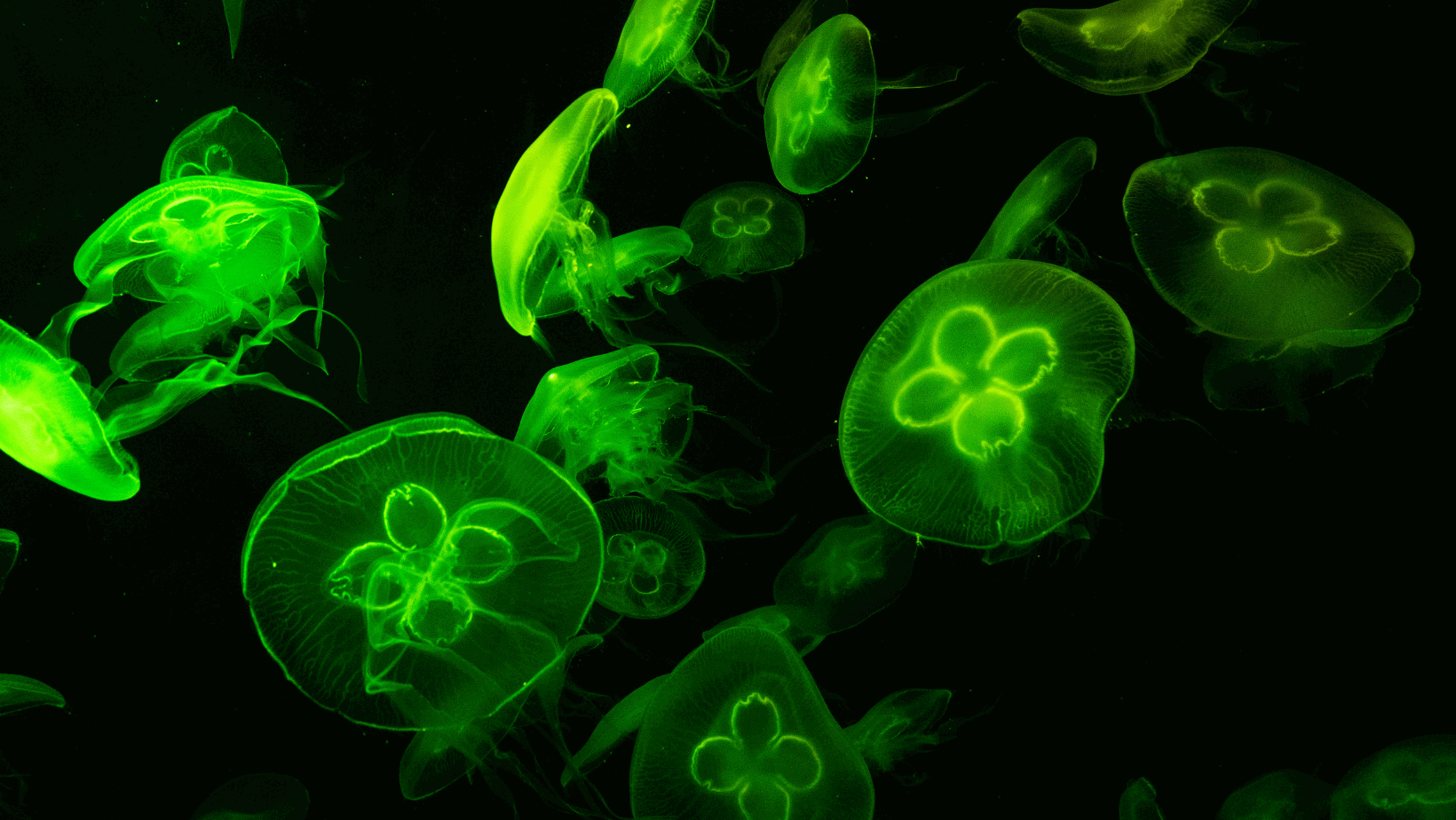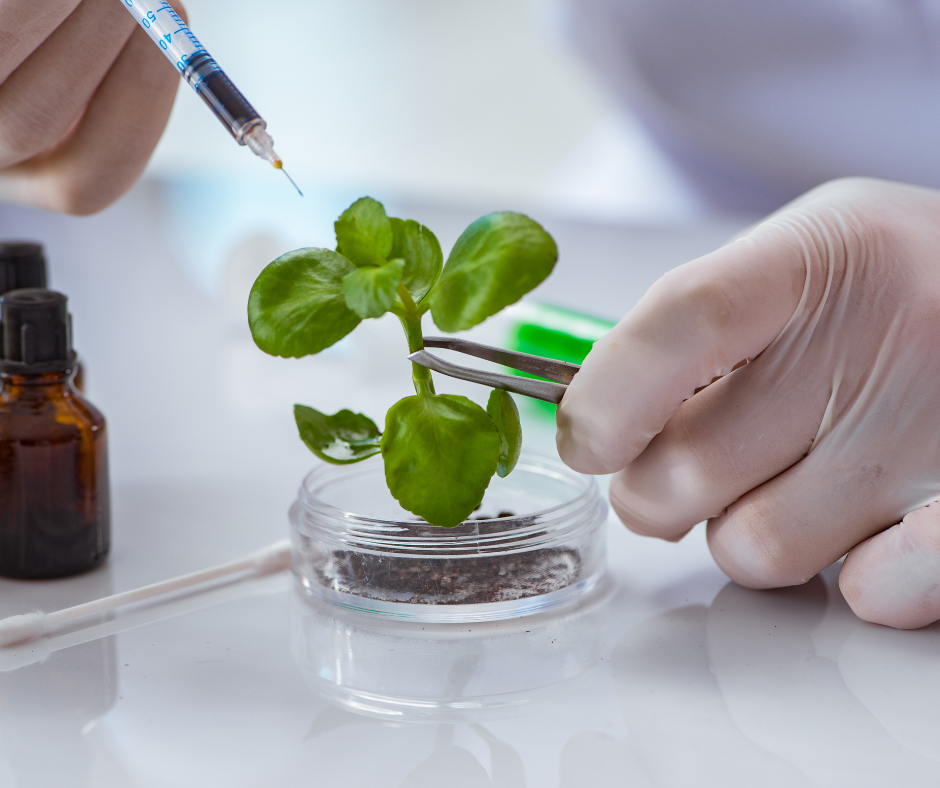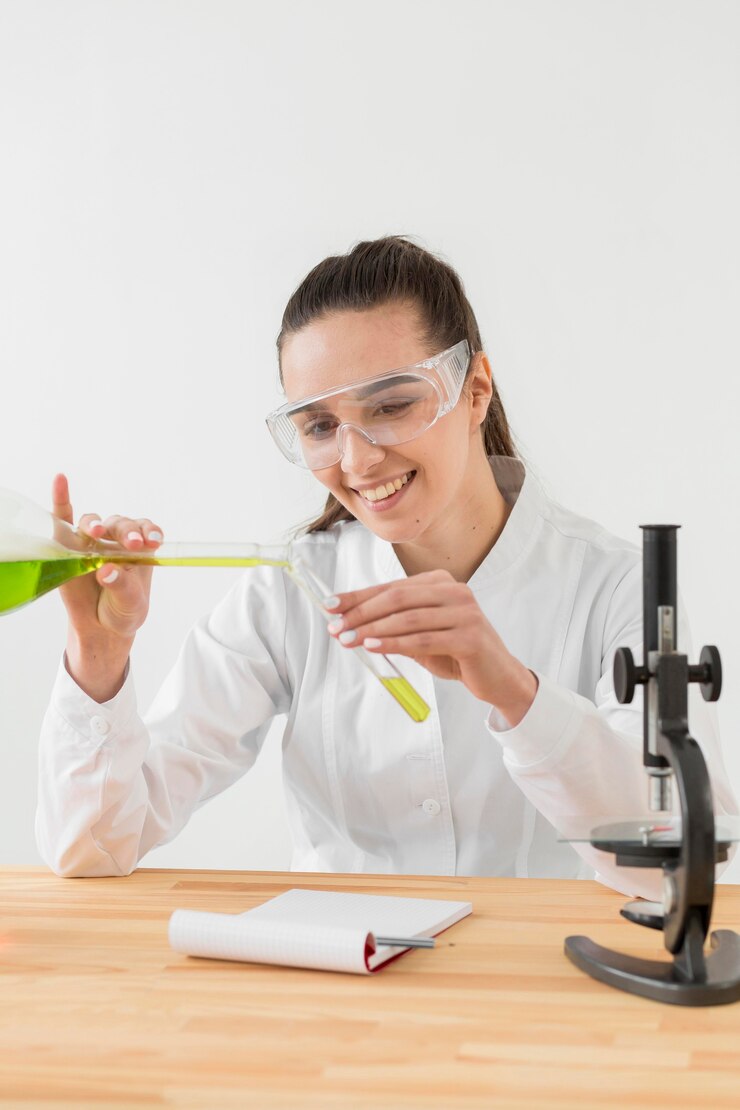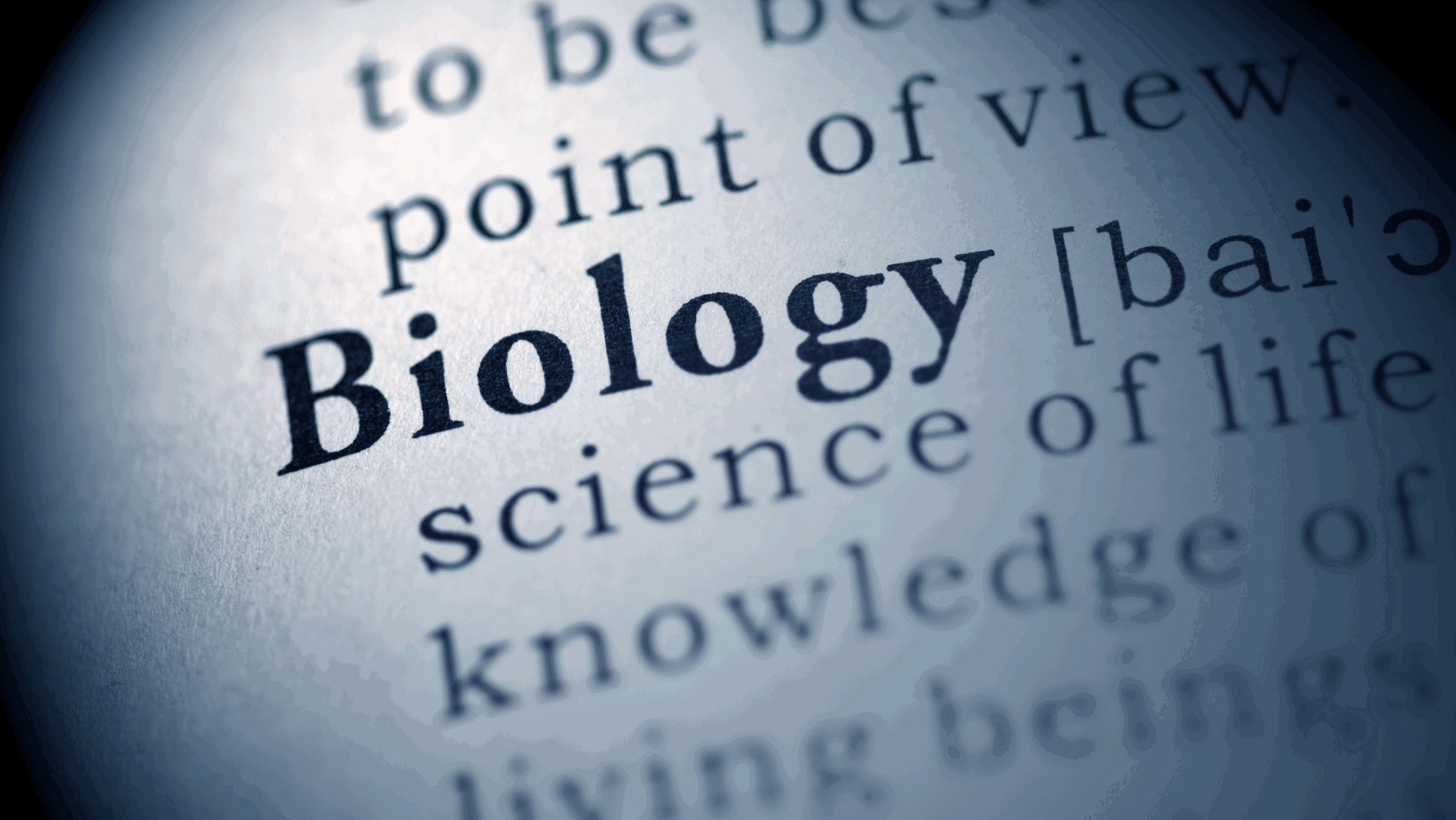IB Biology SL Syllabus – What You Need to Know
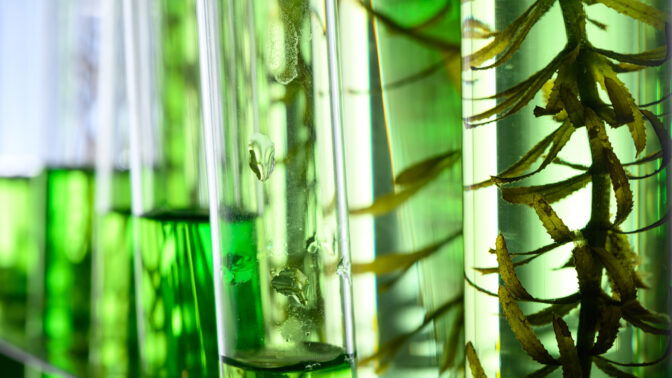
Maria holds a PhD in Biology and decades of experience creating personalised and engaging learning experiences for IB Biology and ESS students. As an IB examiner for Biology and the Extended Essay, she has years of insight on how best to support students to thrive. Here are her insights on the IB Biology SL syllabus. You can read more about Maria here.
Article reviewed and updated by Maria on July 20th, 2025.
Need help with IB Biology?
If you want to know more about the IB Biology SL syllabus, you’re likely either enrolled in the course or thinking about choosing it as one of your standard-level subjects.
In this overview, Maria helps break down the topics – both mandatory and additional ones -practicals, and the differences between SL and HL, so you can feel confident in your knowledge of the most important aspects of the IB Biology SL syllabus.
Introduction to IB Biology SL Syllabus
The IB Biology SL syllabus is a list of course content and skills, which you learn during the two years of the Biology course.
The syllabus introduces four themes organized in four levels of biological organization: Molecules, Cells, Organisms, and Ecosystems. The themes are: Unity and Diversity, Form and Function, Interaction and Interdependence, and Continuity and Change. It also includes a practical scheme of work – as a student, you will need to design and conduct investigations, collect and analyse data, as well as communicate your findings.
The IB Biology SL syllabus is designed to stimulate the development of scientific inquiry skills, conceptual comprehension, and appreciation of the nature of science. It also helps to understand the role of Biology in the lives of every person and society as a whole.
IB Biology SL Syllabus Overview
The IB Biology SL syllabus consists of four themes organized in four levels of biological organisation, along with a practical component. Overall, it takes 150 teaching hours to complete the course.
Topics
When it comes to the topics, they are the following:
Theme: Unity and Diversity
While all organisms share a common ancestor and many share common features, evolution has resulted in the rich biodiversity of life on Earth.
Molecules
- Water
- Nucleic Acids
Cells
- Cell structure
Organisms
- Diversity of organisms
Ecosystems
- Evolution and speciation
- Conservation of biodiversity
Theme: Form and Function
Organisms have adaptations (forms) that correspond to a function. These adaptations increase the chances of survival and, therefore, are passed from generation to generation.
Molecules
- Carbohydrates and lipids
- Proteins
Cells
- Membranes and membrane transport
- Organelles and compartmentalization
- Cell specialization
Organisms
- Gas exchange
- Transport
Ecosystems
- Adaptation to environment
- Ecological niches
Theme: Interaction and Interdependence
Systems are interdependent and are based on interactions that result from the integration of components. They possess emergent new properties at each level of biological organization.
Molecules
- Enzymes and metabolism
- Cell respiration
- Photosynthesis
Cells
- Neural signalling
Organisms
- Integration of body systems
- Defence against disease
Ecosystems
- Populations and communities
- Transfers of energy and matter
Theme: Continuity and Change
Living organisms maintain equilibrium and bring about transformation. Changes in the environment drive evolution by natural selection.
Molecules
- DNA replication
- Protein synthesis
- Mutation and gene editing
Cells
- Cell and nuclear
Organisms
- Reproduction
- Inheritance
- Homeostasis
Ecosystems
- Natural selection
- Stability and change
- Climate change
Need help with this subject?
100 % of tutors are certified teachers and examiners
Practical Part of the Biology SL Syllabus
IB Biology doesn’t just delve into theory, it also offers to conduct hands-on science investigations. The practical scheme of work helps build your experimental skills while deepening your understanding of biological concepts. It consists of three components:
Practical work
To begin with, you’ll perform short, engaging activities that illustrate the core ideas you’re learning in the syllabus. These bite-sized experiments will sharpen your lab techniques and analytical thinking in preparation for bigger projects. According to the IB Biology SL syllabus, practical activities take 20 teaching hours.
Individual scientific investigation
Next, you’ll have an opportunity to come up with an independent research project on a topic you’re passionate about. This is your chance to assume the role of a scientist – identify an intriguing research question, design an experiment, collect and evaluate data, and draw conclusions. Otherwise known as IB Biology Internal Assessment, this investigation is carried out during the summer break between the first and second years of your Diploma Programme, and takes at least 10 hours to complete.
Collaborative sciences project
Finally, you’ll join forces with your peers in an interdisciplinary project, which in the previous syllabus was known as the Group 4 project. Called the Collaborative sciences project since 2023, you’ll work on a common theme or problem as a part of a team of Biology, Chemistry, Physics, ESS, Sports, Exercise, and Health Science, Design Technology or Computer Science students. The IB Biology syllabus allocates 10 hours for the Collaborative Sciences Project. Although it is not assessed by the IB, it is part of the requirement for completing the course.
Key Differences Between Biology SL and HL
If you’re considering IB Biology as part of your Diploma Programme, you have two options – Standard Level and High Level. As you probably know, these levels provide different degrees of engagement, but what does it mean exactly?
The IB Biology SL syllabus is similar to that of the HL in terms of following the same four themes. However, there are some key differences between SL and HL that you should be aware of:
- HL provides more content than SL. For each theme, HL covers more topics that are conceptually more demanding and explored in greater depth. SL consists of topics that cover core concepts for a broader understanding of Biology.
- HL covers material in more detail or complexity. In particular, it offers extra topics.
- SL has fewer prescribed teaching hours than HL: 150 vs. 240.
- SL has a two-level external assessment: Paper 1 (divided into Paper 1A and 1B ), and Paper 2 (data-based, short-answer and extended-response questions). Paper 1A has multiple-choice questions while Paper 1B has data-based questions. Biology HL has the same set of papers. However, each features more questions and, as a result, longer exam duration and more points.
- In addition to these papers, students have to complete a scientific investigation for Internal Assessment on both levels.
Summing Up
In essence, IB Biology SL covers a wide range of biological concepts and phenomena. If you wish to develop your scientific inquiry skills and learn more about the nature of science, IB Biology is just the right choice. You should also consider it if it suits your interests and career aspirations.
Despite being a fascinating and rewarding discipline, Biology is also challenging. Considering the depth and extent of the IB Biology syllabus, you might require extra assistance to ace your course. This is where TutorsPlus comes in.
We understand the complexities of IB Biology and are here to provide guidance tailored to your needs. Our expert Biology tutors, like Maria, can help clarify concepts, assist with practical work, and prepare you for exams. Don’t hesitate to reach out to us today at +41 022 731 8148 or and take the first step towards excelling in your biology course.




